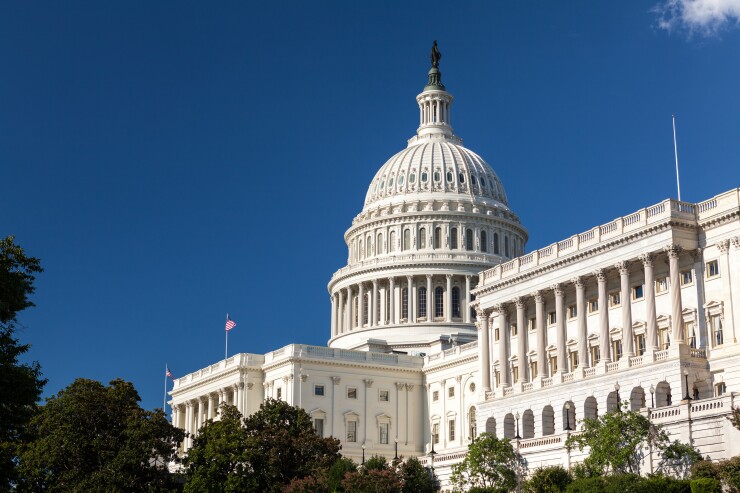
The Federal Housing Finance Agency's plan to
What follows are thoughts from the MBA's Brendan Kelleher, associate director, loan administration; and Justin Wiseman, vice president and managing regulatory counsel, on what the benefits of the expanded leeway for repayments, and other potential measures, might be.
We also looked at potential obstacles and, where recommendations are still under consideration, asked agencies about their likelihood of occurring.
A way to get more GSE-backed loans to reperform
That will make it possible for consumers to get back to making regular payments without being saddled with additional debt, according to the professional organization, which suggested permanent use of the strategy because many homeowners with coronavirus-related difficulties opted to use it to good effect.
The move made by the government-sponsored enterprises' overseer is right in line with its recommendation, and affordable housing groups like the Center for Responsible Lending and the National Housing Conference also have backed it.
"For any borrower that needs or is able to resume the regular payment, we should keep that practice going through this payment deferral, which was widely used throughout the pandemic," Kelleher said.
However, when it goes into use later this year there may be challenges regarding the traditional 90-day default process, or public and private costs.
A permanent, stand-alone VA partial claim program
Housing finance firms have been calling for a replacement ever since, and John Bell III, executive director of the VA's loan guaranty program, told attendees at an industry conference that
However, Kelleher said restoring the original concept would be ideal, if possible.
"It's in the broader principles we outlined: it's sustainable, simple, and standard," he said. "The loan remains in the [securitized] pool, and you can keep your payment the same if you're able to."
Congressional action might be necessary to make this happen given the VA's budgetary constraints, Kelleher said.
The agency confirmed a broad interest in reconsidering the topic.
"VA is reviewing its current authority to explore expanding home retention options available to veterans through their mortgage servicer after all other options have been explored," a spokesperson for the department said in an email.
Reg X may be revamped
They are part of Reg X, a rule implementing the Real Estate Settlement Procedures Act, which is primarily concerned with consumer disclosure in mortgage transactions
And they still reflect the Great Recession's
Since postponing payments provided through an "upon request" model appears to have been effective to date, the MBA is seeking permanent preservation of that technique.
"The bureau provided certain flexibilities from what is a very prescriptive loss mitigation regime during the pandemic, but some of those flexibilities, at least as they express them, are tied to the national emergency. So we'll go back to the previous very rigid regime," Wiseman said.
The Federal Housing Administration has made changes
The consumer protection agency has shown a broad interest in rethinking its rules, and sought input in a recent
The CFPB said it is "always interested in hearing such suggestions to help us continue to evaluate potential rulemaking activity in this area."
Leeway to use more efficient loss-mitigation methods post-pandemic already exists, according to
"We . . . note that COVID-19 will continue to impact families, even beyond the national emergency. We also note that as long as these streamlined loss mitigation options are made available to borrowers experiencing hardship due to the COVID-19 national emergency, those same streamlined options can also be made available under the temporary flexibilities in the rule to borrowers not experiencing COVID-19-related hardships," the regulator said.
"We expect servicers to continue to utilize all the tools at their disposal — including, if available, streamlined deferrals and modifications that meet the conditions of the CFPB's COVID-19 related mortgage servicing rules — in their efforts to keep consumers in their homes."



